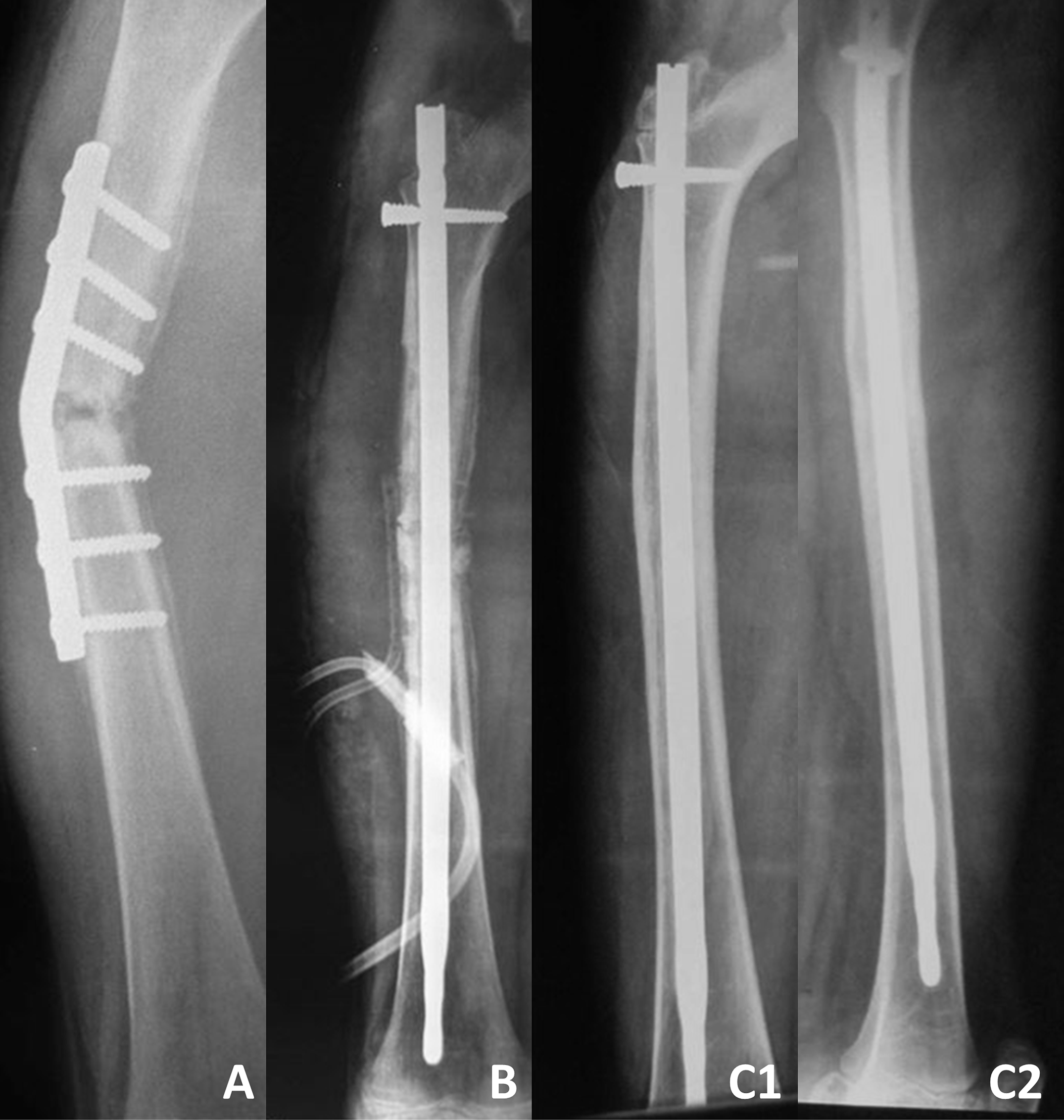A new study in JBJS evaluates intramedullary fixation for femoral nonunion in pediatric patients in low- and middle-income countries. Dr. Matt Schmitz, JBJS Deputy Editor for Social Media, offers this post.
Femoral shaft nonunion is rare in pediatric patients in high-income countries. However, such cases may occur more frequently in low- and middle-income countries (as defined by the World Bank on the basis of gross national income per capita). Reasons include a lack of health system support, implants, and equipment. So note Furdock et al. in a new study in JBJS.
Surgical Implant Generation Network (SIGN) Fracture Care International is a charitable organization that makes and distributes implants free of charge. The implants are designed for use in lower resource areas. For example, the benefit of fluoroscopy is not needed with use of its intramedullary nail (IMN) system. In addition, SIGN Fracture Care International maintains a database for auditing, quality improvement, and clinical research, with users around the globe entering their surgical data. Since 2003, more than 18,000 SIGN procedures from 58 countries having been documented.
The investigators utilized the SIGN database to assess the rates of radiographic healing and painless weight-bearing after intramedullary nailing for pediatric femoral shaft nonunion. The full study and a related infographic are available at JBJS.org:
Intramedullary Fixation for Pediatric Femoral Nonunion in Low- and Middle-Income Countries
The authors queried the SIGN online surgical database for patients <18 years of age with femoral shaft nonunion treated with the SIGN IMN and who had ≥3 months of follow-up. After excluding patients with inadequate follow-up or incomplete documentation, they identified 57 patients (42 male and 15 female) from 18 countries who had femoral shaft nonunion. The patients were an average of 13.8 years of age at the time of revision surgery, and the median duration of follow-up was 67 weeks.
Of the identified cases:
- Plate constructs were the initial failed instrumentation in 56%, with non-SIGN IMNs in another 40%; only 4% of the cohort were originally treated with SIGN IMNs.
- In treating nonunion, hand reaming was used for 47 (82%) of the patients, only 1 (2%) had documented power reaming, and for the remaining 9 cases, reaming was not documented.
- 91% (52 patients) attained radiographic success of fracture healing (RUST [Radiographic Union Scale in Tibial fractures] score of ≥10).
- 89% (51 patients) had painless full weight-bearing.
The authors note that the SIGN database, although susceptible to incomplete charting and lack of follow-up, has the largest collection of pediatric femoral shaft nonunion cases to their knowledge. Their findings suggest that intramedullary nailing for this complication is a safe and effective treatment.
I commend the thought leaders behind SIGN Fracture Care International not only for their innovation in producing no-cost implants to be used in countries with limited resources, but also for working toward documentation of their use in a database from which we can all learn from the experience.
Access the full study and related infographic at JBJS.org: Intramedullary Fixation for Pediatric Femoral Nonunion in Low- and Middle-Income Countries
JBJS Deputy Editor for Social Media
Check out more posts on OrthoBuzz from Dr. Matt Schmitz:
COVID-19 Diagnosis and the Risk of Complications and Mortality After TJA




